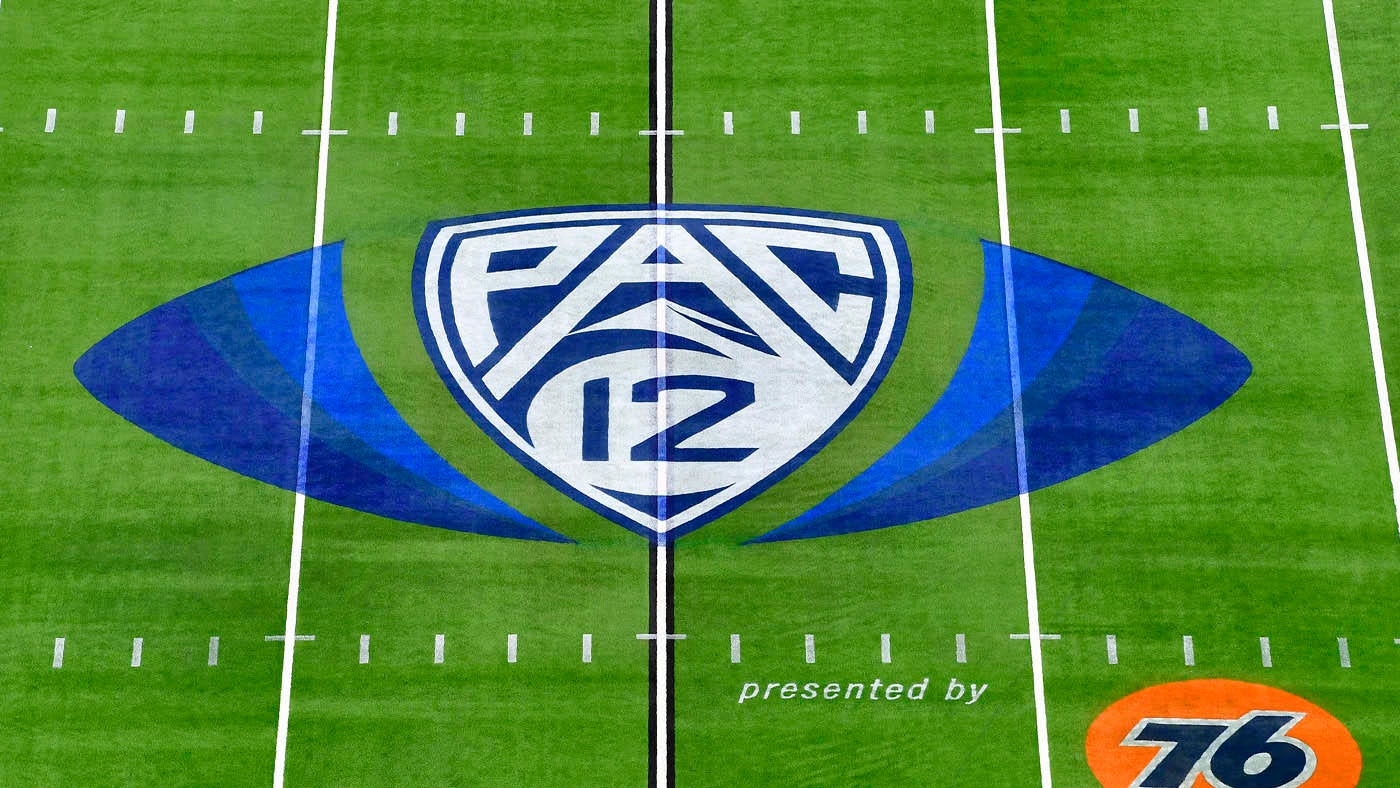
The Pac-12’s efforts to expand on the heels of adding Boise State, Fresno State, Colorado State and San Diego State turned chaotic on Monday. Beginning the day being rebuffed by targets in the AAC, sources confirmed to CBS Sports’ Brandon Marcello that Utah State has accepted an invitation to join the league beginning in 2026.
With Utah State on its way out, the Mountain West and the Pac-12 are at seven members apiece. A league must be at eight members to be recognized by the NCAA as a FBS conference.
The new Pac-12 doesn’t have a new TV deal for its seven current members who won’t play together until 2026. The Mountain West’s current deal expires in 20 months. In fact, sources tell CBS Sports both conferences have proactively sought out media partners without knowing for sure the makeup of their respective lineups. In addition, it is believed the Pac-12 was pitching to those American schools a media rights deal that would pay $10 million to $15 million per year. That’s where the speculative part comes into play. As mentioned, neither the MWC or Pac-12 have a long-term media rights deal. Streaming is believed to be part of the Pac-12’s media rights plan.
CBS Sports was able to confirm Mountain West commissioner Gloria Nevarez was attempting to get her existing schools to sign at least a five-year grant of rights in order to go to market. It’s a bit of a cart-before-the-horse situation; the Mountain West is soliciting media deals without knowing it’s lineup of members. Now, it is trying to solidify that lineup with a grant of rights.
Industry sources were skeptical of that move because the league just lost its four best programs — Colorado State, Fresno State, San Diego State and Boise State — to the Pac-12. Sources told CBS Sports those four schools were “incentivized” to jump to the Pac-12 for $5 million to $7 million each from the Pac-12 war chest. The total price tag for the four — exit fees and penalties — is $45 million that will theoretically be funded at some point by the Pac-12.
AAC targets remain in place
Earlier on Monday, Memphis, Tulane, UTSA and USF — all of whom were reportedly targeted by the Pac-12 — released statements reaffirming their commitment to the AAC.
“A conference that prioritizes student-athlete welfare, has proud academic institutions, produces fierce competition at the highest level, and has outstanding linear and direct-to-consumer national media partners,” the AAC said in a statement. “Together, we are committed to continuing to build the American brand, exploring new opportunities for exposure and value, and developing innovative economic resources—all in service of our student-athletes. While we acknowledge receiving interest in our institutions from other conferences, we firmly believe that it is in our individual and collective best interests to uphold our commitment to each other. Together, we will continue to modernize the conference, elevate the student-athlete experience, achieve championship-winning successes, and build the future.”
The Pac-12 claimed in a presentation that the league would be able to generate a per-school distribution clearing $12 million had the big fish in the AAC joined the league, according to Yahoo Sports. The number would be an increase from the nearly $9 million that AAC programs receive. At the same time, moving to the Pac-12 would require an exit fee that could clear $25 million.
The four American schools were convinced to stay because of stability; the league has an existing TV contract that expires in 2032. They were reminded that the Pac-12 and Mountain West pitches were “speculative” because of the lack of a TV contract.
These decisions are a major win for the AAC as the league tries to keep its bearings as one of the top non-power leagues in the country. The conference has continually been an expansion target over the last decade, sending a combined four schools to the Big 12 and ACC. Now, the league holds onto its most valuable properties.

